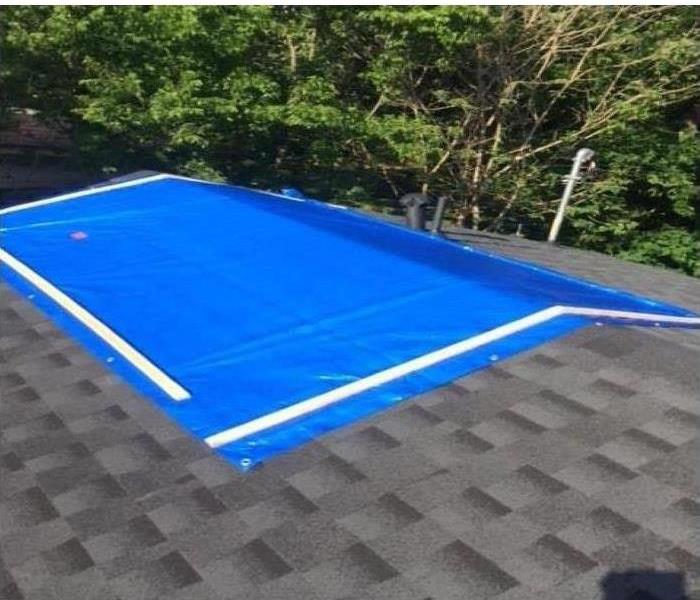3 Things You Should Do After a Major Storm
2/1/2021 (Permalink)
Three Steps To Take After A Storm
Enduring a major storm is a stressful experience. High winds, hail, and rain can be a destructive combination, causing damage to your landscape, vehicles, and home. One of the most important things to do after a storm is to check your roof for damage. If your home needs roof repair, you’ll want to address this right away. Here are three steps you can take as a homeowner after a storm.
1. Visually Inspect Your Home
First, examine areas of your home that may have been compromised by the storm. Start with the interior ceilings and attic, noting any leaks or standing water inside the house. If you see areas where insulation is wet, that’s a sign that you’ll need professional water damage repair. Next, visually inspect the outside perimeter of the house, including the walls, gutters, and windows. You may also find roof damage from the wind, such as lifted or curled shingles, which are important to repair as soon as possible.
2. Get a Professional Inspection
After you’ve done a basic assessment of your property, call in a professional to inspect your home. Your provider tells you what steps they need to take to mitigate damage and begin roof repair. If water has leaked into the ceiling, they also need to address the interior. Storm remediation usually comprises drying and restoring the building materials such as insulation, drywall, and floors. This prevents mold growth because of too much moisture.
3. Take Steps Toward Prevention
You can’t control the weather, but you can take steps to prevent major repairs to your home because of wind damage. Consider getting a professional roof inspection twice a year in the spring and fall and after each major weather event. This will enable you to repair minor damage before it becomes a major problem. You can also perform your own regular visual inspection so you’re familiar with the state of your property and any changes that may happen.
When it comes to roof repair after a storm, acting quickly is the best course of action. If you inspect your property regularly and follow the steps above, you’ll be prepared to keep a cool head no matter the weather.






 24/7 Emergency Service
24/7 Emergency Service
